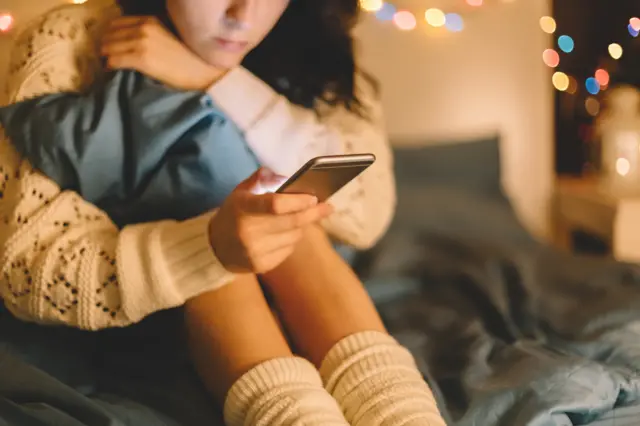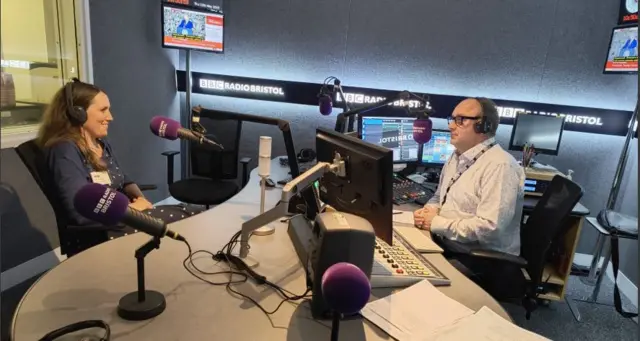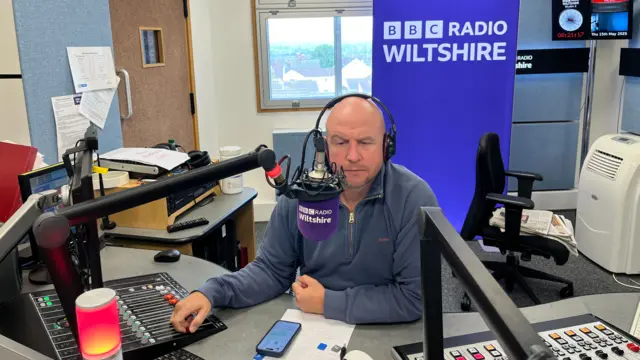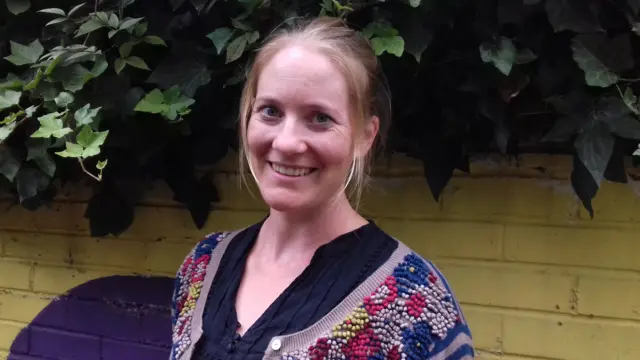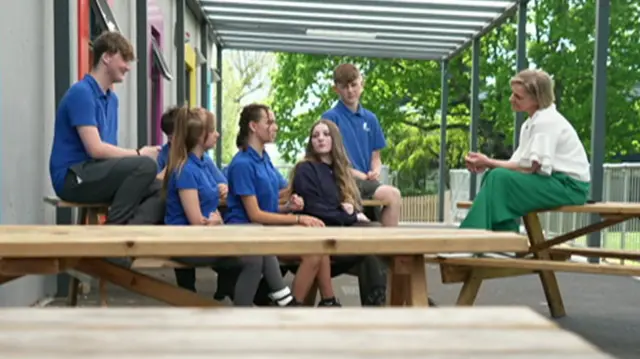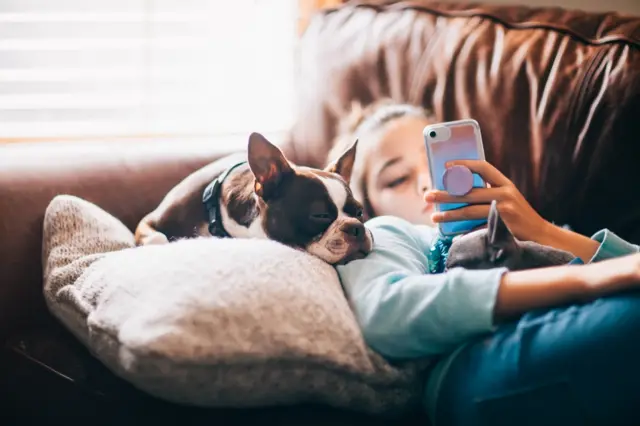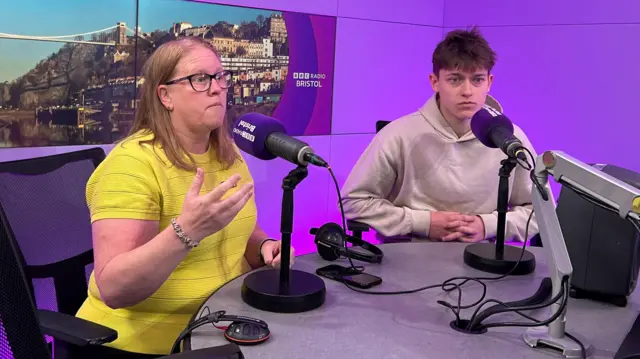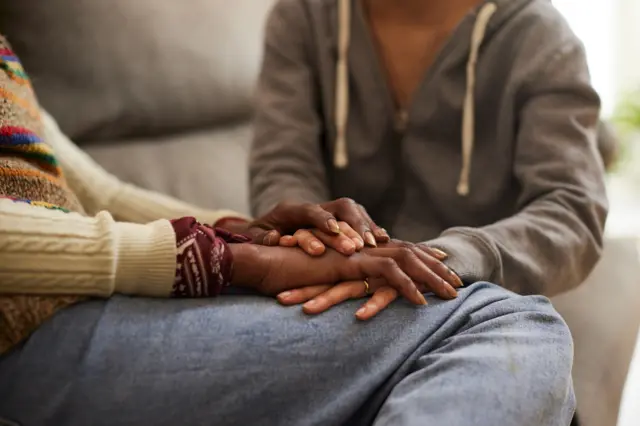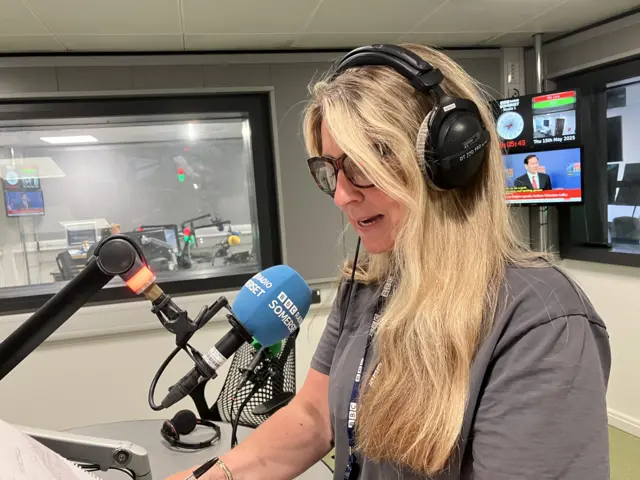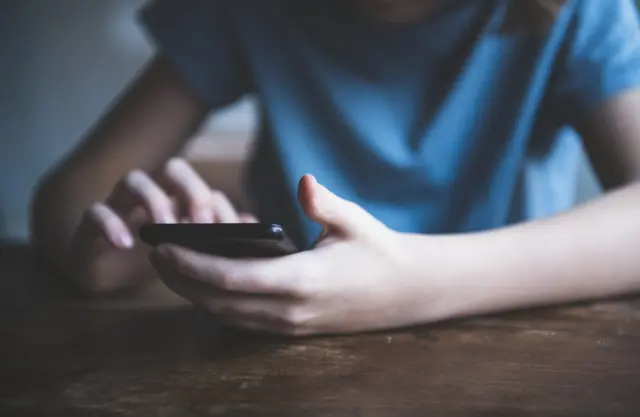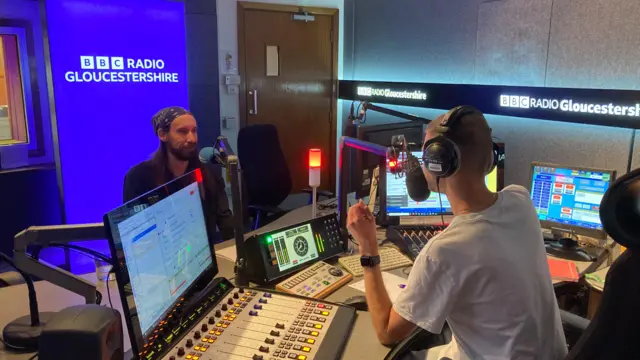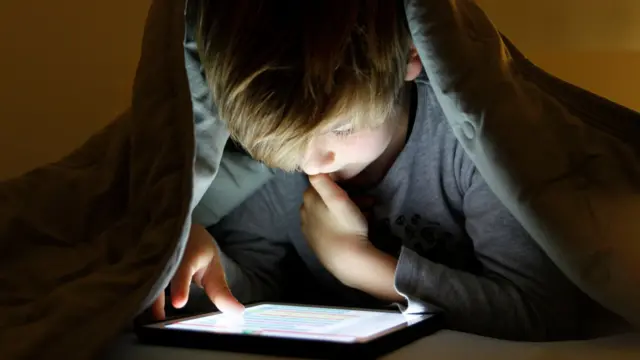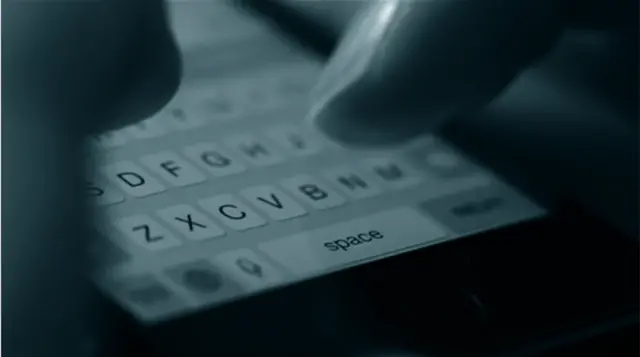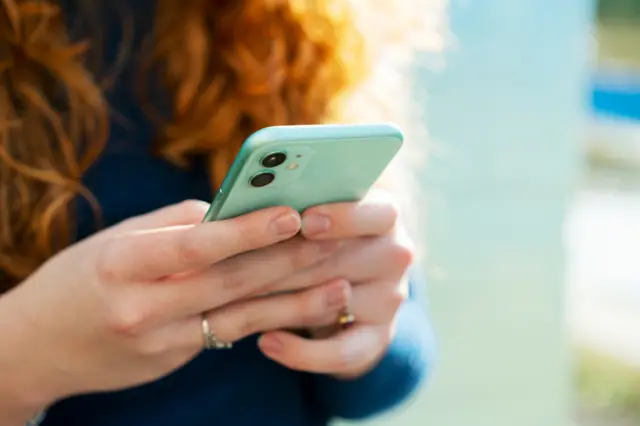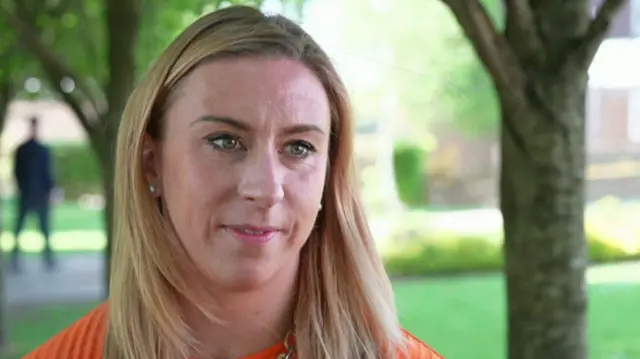
Expert advice - Make sure devices are not 'hidden away in bedrooms'published at 13:23 BST 15 May
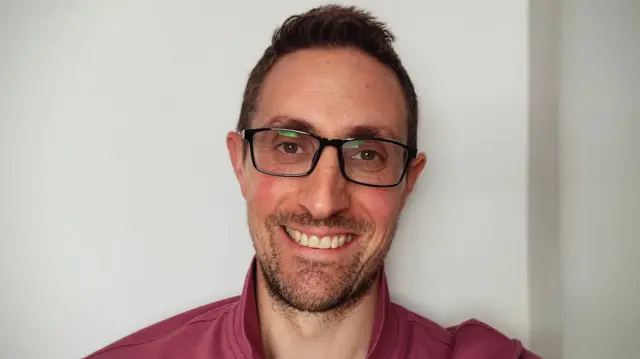 Image source, Matt Mustafic
Image source, Matt MustaficMatt Mustafic, the schools online safety advisor at Somerset Council, spoke to BBC Radio Somerset this morning.
As part of a discussion on online gaming for children, Mr Mustafic said "settings on devices only go so far and if children really want to they can find a way around them.
"Parental controls are useful, but supervision and developing an ongoing dialogue with your children is much more effective."
When it comes to maintaining supervision, he added that the key was "making sure devices aren't hidden away in bedrooms, making sure you're showing an interest in what they're doing and delving deeper if things don't feel quite right".
